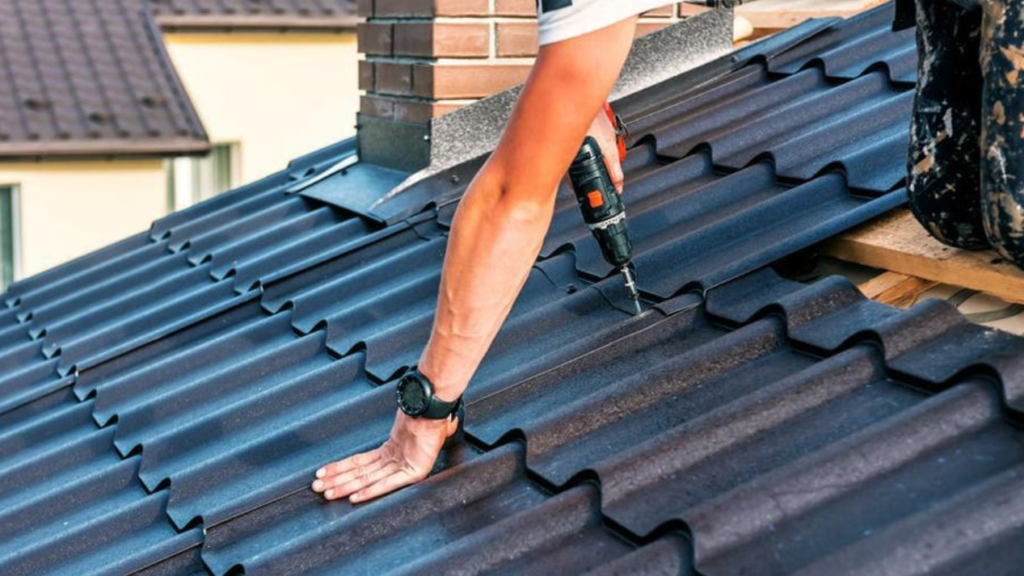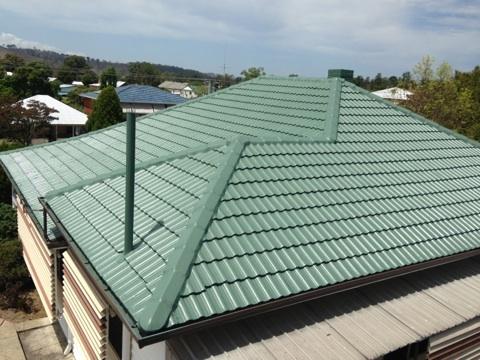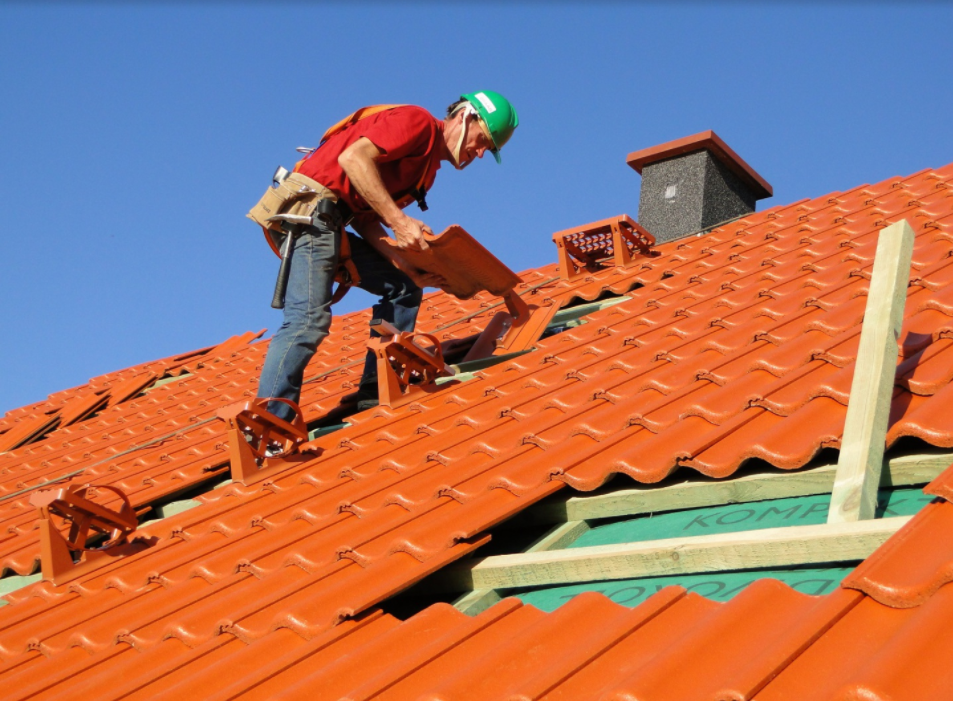The renovation of the roof is an investment to be undertaken out of necessity when the roof stops performing its function of shelter and insulation at its best. The roofs do not need frequent maintenance but if they have not been built according to the rule of the art , or simply with the passing of the years, they may need a makeover, which can only affect the roof covering or even the underlying layers.
Roof renovation: Why do a roof renovation?
The roof plays a fundamental role of protection and shelter in buildings, regardless of whether it is pitched, flat, practicable or not. Flat roofs respond to particular technological needs and appeared in architecture at a later time compared to pitched solutions, traditional and in many respects timeless. We are therefore talking about the renovation of pitched roofs in bricks, tiles or bent tiles, which are the most frequent in the panorama of private homes and historic buildings (palaces and churches).

The renovation of the roof is effective when you go to improve the characteristics of the roof, not only to ‘plug’ where there are defects: a very common part, apparently cheap but not effective over time.
Causes that lead to the renovation of the roof:
– the roof does not perform its insulating function
– the roofing elements have deteriorated over time or due to incorrect installation
– there are infiltration and humidity problems
– other problems related to the age of the building (subsidence, deviations of the elements …)
– in cases of restoration and conservation of architectural heritage
One of the most common errors in laying bent tiles and roof tiles is the use of adhesives, cement or foams which over time cause the tiles and tiles to break, with consequent loss of the functionality of the roof covering. The roof structure, like the rest of the house, is subject to design and construction constraints as well as to regulations. In the case of discontinuous roofing, in tiles and bent tiles.
This standard requires the ‘dry’ laying , therefore without cement or adhesives, the same wording that you find later in the guarantee of bent tiles and tiles. Always according to the norm, if you go to redo the roof, whatever it is in its current state, you have to insert the micro ventilation .
Roof renovation: Ventilated or non-ventilated roof?

As restoration work takes place, these will have to make improvements compared to the initial situation. Let’s start by saying that the roof, as a rule, must be at least micro-ventilated, so the case of non-ventilation is excluded by itself. As for micro-ventilation and ventilation , the main difference of which consists in the size of the section of the passage of the air under the roof tile or under the tile, they can be achieved in different ways:
- Classic warping with wooden slats
- Warping with steel strips
- Point and alternative ventilation systems
- Corrugated tile door systems
All these systems have different characteristics which then translate into advantages and disadvantages. The frame in wood or steel slats allows ventilation with a dry installation but on the other hand it has a weight that affects the roof and their installation requires time, precision and above all, with their fixing, yes goes to pierce the covering sheath.
In the renovation of the roof, if the conditions of the tiles are good, their partial reuse can be considered, integrating them with new tiles. Practice recommends using the recovery tiles for the deck part, in doing so the appearance of the roof is kept unchanged, and to integrate the new tiles for the drainage part, guaranteeing greater functionality.
When choosing the roof refurbishment, it is also necessary to keep in mind aspects that regard the guaranteed duration, the characteristics and the advantages: resistance, duration, walkability, energy saving, weight incision on the structure, wind resistance, snow resistance, etc …
Good practice, before starting a job, is to read up and always choose referenced solutions already in place on other buildings with excellent results.
Roof renovation: Cost of roof makeover
There is no precise answer, it depends on many factors, but certainly the cost / duration / efficiency ratio must be considered.
- For the solution with wooden slats, the supply price of the elements must be considered, added to the cost of labor, which greatly affects considering the long installation times. The final solution is a micro-ventilated or ventilated roof with a strong incidence of weight and section, in height, of the finished system.
- For the solution with steel strips, the supply cost is higher than for the wooden solution, and the installation labor can be considered at par. The final solution will be a ventilated roof.
- For the point solution, with feet, the supply cost can be considered average but the cost of labor for installation is greatly reduced. The final result is a guaranteed ventilated roof, which has little impact on the structure in terms of weight and allows ventilation with a rise of 3.5 cm for the tile and 4.5 cm for the tile.
The cost aspect must therefore be considered in terms of durability and resistance of the materials, an investment that will then last over time.
To best estimate the costs, which are not limited only to the last layer of coverage, it is necessary to contact an expert in the sector who will consider all the aspects that will affect your work: dismantling, refurbishment, material supply, labor, etc.
Advice.

The renovation of the roof is a very important job and must take into account some aspects, also related to the place where the building is located. So here are some tips to get the most out of your roof renovation and make the most of your work:
– evaluate the state of the roof structure, avoid overloading.
– choose quality materials with resistance characteristics appropriate to the climate in which you live.
– choose quality insulating panels
– a ventilated roof performs better than a micro ventilated roof
– consider the use of integrated solar and photovoltaic panels.
– evaluate the recovery of pre-existing tiles to be integrated with new ones, especially in the case of restoration and bound assets.
In conclusion, we always advise you to contact an expert because a job done well today will be an investment for the future; a ‘do it yourself’ job today, often tomorrow will prove more expensive because it is not suitable.
Another article on this blog that may interest you:
Roof Restoration: How to make a high-quality roof repair with your own hands
